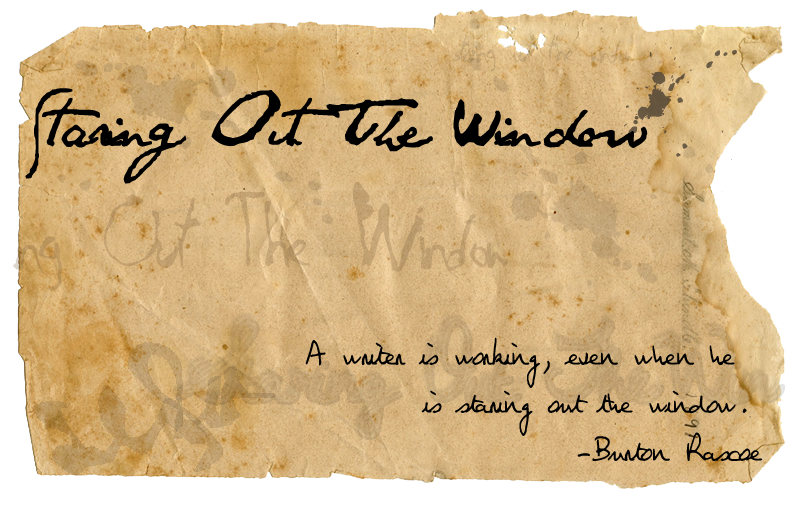I like dialogue. I like to read it, I like to write it. For me, what a character says, and how they say it, can be more telling than any internal monologue. A character's thoughts are their own, and therefore, it is how they perceive their own actions. But what they say is how they are perceived by others.
Not just any dialogue, however. I like good dialogue. Good dialogue flows, doesn't bore the reader, doesn't take them away from the action of the story. I've recently been editing manuscripts and one of the most distracting habits I have found is the overuse of names in dialogue and dialogue tags.
Consider this:
"Jimmy, eat your dinner,"
Mary said.
"But, Mom, I don't like
peas," Jimmy replied.
Mary slammed her fist into the table
and raised her voice. "Jimmy, I said eat it. Now!"
"Oh, Mary, leave Jimmy
alone. He's a teenager, they don't like
peas," Bob said.
Mary turned to her husband.
"Bob, quit taking up for him."
How about:
Mary sat the plate in front of her
son. "Eat."
"But, Mom..."
She slammed her fist on the table.
"Now!"
"Oh, leave him alone, he
doesn't like peas."
"Quit taking up for him!"
Too simplified? Maybe. But in a scene, you would know who is at the table: Mom Mary, teenager Jimmy and Dad Bob. Removing the names from the dialogue, as well as some of the dialogue tags, makes the scene flow more freely and doesn't take away from the action, or in this case the tension of the scene.
Less is better.


17 comments:
Same here. And please tell me when I do that! Nice, concise post.
Well put.
Nice. I like simple clear dialog.
Agreed, but I think I'd have some indicator pointing the reader to Bob (in the second example), lest the reader think Jimmy is suddenly referring to himself in a third-person Gollum-like fashion.
Mary sat the plate in front of her son. "Eat."
"But, Mom..."
She slammed her fist on the table. "Now!"
Bob cleared his throat. "Oh, leave him alone. He doesn't like peas."
"Quit taking up for him!"
So true!
It's a balance. We often don't even realize we're doing it until someone points it out. (cough)
I like the less is more plan -- and it goes with so many other creative and the not so creative arts.
Interesting, and worth thinking about. Glad I caught your tweet with the link.
And that's why all writers need an editor! Perfect.
You make good points here, Kelly. I'm so glad I checked out Kelly's blog today. Kelly, I also want to say thank you for all your editing help lately :) On a serious note, I agree with you, we ALL need help from other readers and writers during the editing/rewriting process. Great example, too.
You're always welcome, Suzi. I can't imagine not having at least one extra set of eyes on my work.
A neat trick I learned from reading Alice Munro (Jess's suggestion) was how to use dialogue without dialogue.
Huh?
Examples from my essay:
... breaking up long passages of dialogue, was used in Floating Bridge:
Jinny said no.
“So where do you live?”
She told him.
“You getting tired? …” ... (p. 2)
The latter, maintaining a subjective point of view, was used in Post and Beam, “That didn’t take you an hour,” Lionel said.
She said, no, she hadn’t meant that.
She had meant to die.
He asked her if she wanted him to call his father. His father, her husband, her minister.
She said, What for.
I thought it was clever to break up the long passages that way.
That is interesting. I do love Alice Munro, btw. Kind of got the idea for my next novel from one of her collections of short stories. :)
Which one? I'm kind of smitten myself now. I read hateship, loveship, etc.
Runaway. There are three short stories in there that have the same characters but take place during different decades. I love the way she did that.
Totally agree with the name tags in dialog...slows the pace!
Nice to meet you, Ann Marie. Thanks for joining in.
Post a Comment